| Structure | Name/CAS No. | Articles |
|---|---|---|
 |
Acetonitrile
CAS:75-05-8 |
|
 |
Methanol
CAS:67-56-1 |
|
 |
Aqueous ammonia
CAS:1336-21-6 |
|
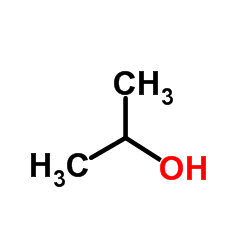 |
Isopropanol
CAS:67-63-0 |
|
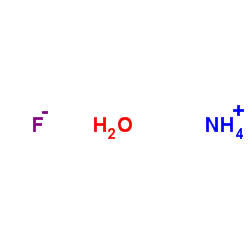 |
Ammonium fluoride
CAS:12125-01-8 |
|
 |
Formaldehyde
CAS:50-00-0 |
|
 |
acetic acid
CAS:1173022-32-6 |
|
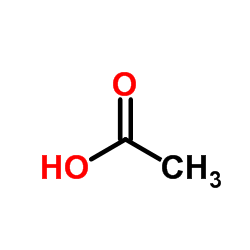 |
acetic acid
CAS:64-19-7 |
|
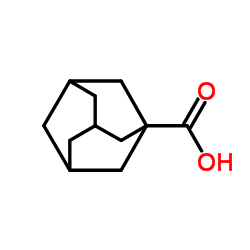 |
Adamantane-1-carboxylic acid
CAS:828-51-3 |
|
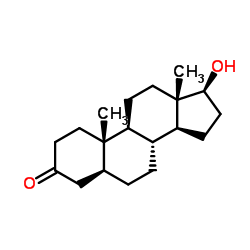 |
Stanolone
CAS:521-18-6 |